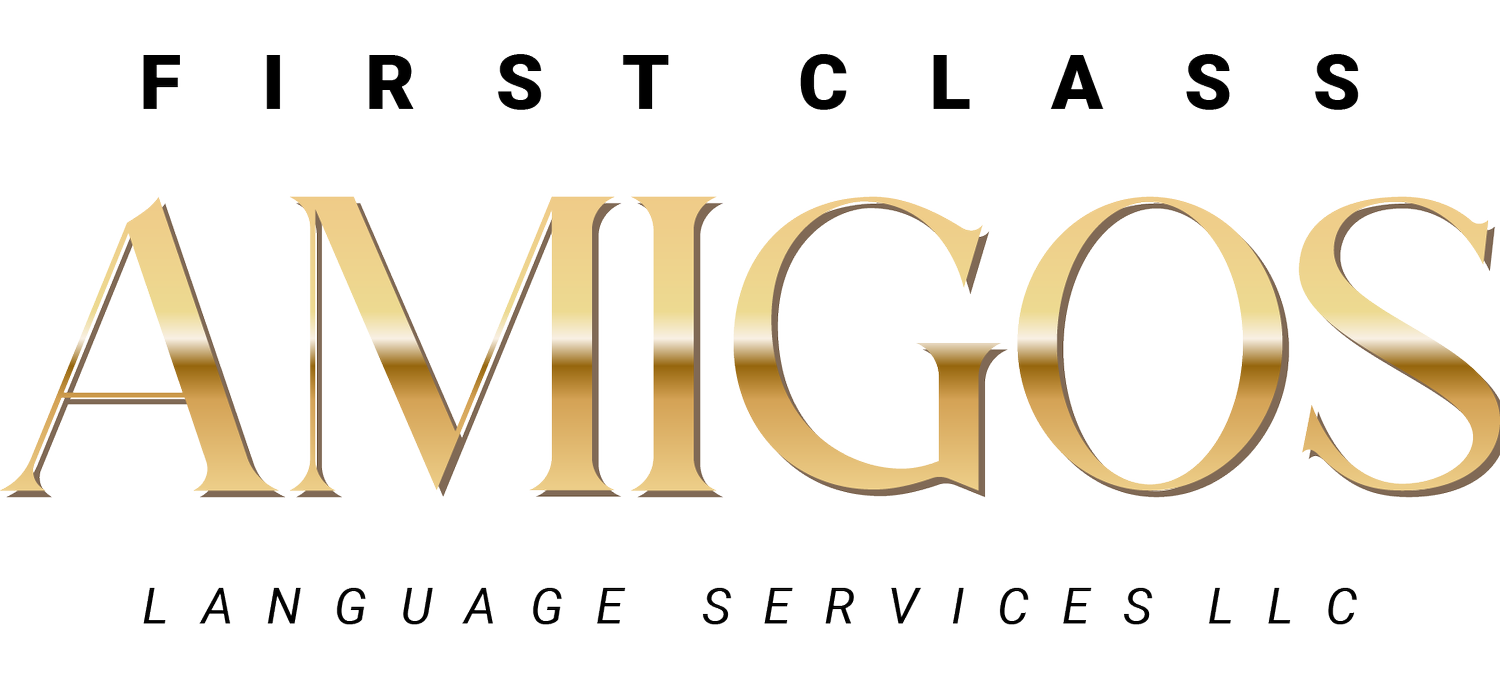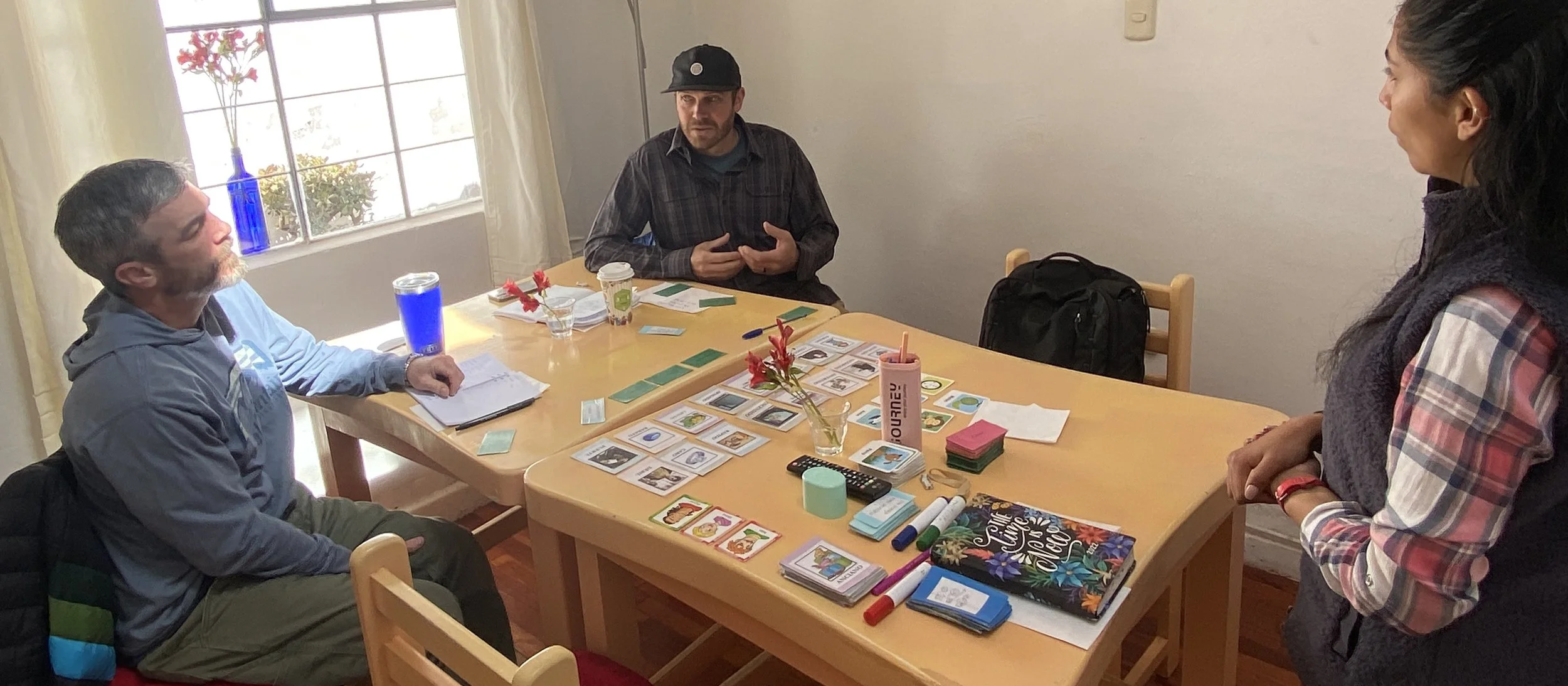Language topics & courses we offer and develop at Amigos
Heritage Language Learners
Heritage language learners (HLL) refers to uneven bilingual speakers who were not provided with a socio-linguistic environment (except their home) to properly perform one of the languages they possess. This lack of opportunity has brought some challenges and difficulties in their proficiency skills as wells as some grammar topics.
Montrul (2012) explains that some heritage speakers were raised speaking both languages; a socially dominant language and a language of their parents (heritage). This situation could be called ‘simultaneous bilingual’. On the other hand, there are some heritage speakers who first learn the heritage language and then the dominant, which is the majority language in their society. This situation could be called ‘sequential bilingual’ (p. 2)
For instance, in the city of Cusco, there are many expats whose children are raised in a society in which Spanish is the dominant language. Those children might have learned the language of one of their parents’ English, German or French. These three languages (for example) play a minority in Cusco. Those kids have not been (in early age) socially exposed to the language of their parent/s in social situations outside the home. Consequently, in terms of languages skills, their abilities to listen and speak might be high but their abilities to write or read might be low. This happens because the heritage language is being used less and in restricted context (only home) than the dominant language (school, local friends, sports activities among others). Therefore, there is a tendency to stop the development in morphosyntax and lexical areas (Schlyter 1993 as cited in Montrul 2012)
Other issues to address include the affective areas in which many heritage speakers are treated as if they do not need language / specific support.
In the article, “High School Spanish Teachers' Attitude and Practices Toward Spanish Heritage Language Learners” by Russell & Kuriscak (2015), the pedagogical attitudes and practices of pre-service and pre-trained Spanish teachers toward Spanish language learners are examined. Using data collected by a survey, the researchers examined the following research questions: (1) to what extent were teachers aware of the challenges faced by beginning heritage Spanish language learners who were enrolled in traditional Spanish classes? second language learning, (2) the pedagogical practices they implemented or recommended, and (3) the extent to which they felt they needed classes designed specifically for heritage Spanish language learners. The results of this research showed that while participants were aware of the challenges HLLs face, they struggled with knowing how best to support these students in practical ways. Also, most teachers recognized the need to implement Spanish programs for HLLs. Finally, the importance of increasing teaching methods programs and professional development opportunities for teachers of Spanish at the secondary level to better meet the unique needs of HLLs is discussed. The Spanish teachers in this research were aware of the challenges that HLLs face in traditional classes and that they supported the implementation of unique classes for HLLs. However, the lack of knowledge on how to practically implement classes for HLLs highlights what is a flaw in the academic system in the United States. As the population of HLLs continues to grow in the US, the need to ensure that these individuals can communicate effectively cannot be overstated. In these populations, the ability to communicate well in both or all of their languages influences their relationships with family, job and educational opportunities, and also their sense of identity. Providing this population with the necessary tools to achieve their language goals will result in an entire population of the country more apt to share ideas, create connections, and enrich their lives.
“…the heritage language is being used less and in restricted context (only home) than the dominant language (school, local friends, sports activities among others). Therefore, there is a tendency to stop the development in morphosyntax and lexical areas” (Schlyter 1993 as cited in Montrul 2012)
Children’s class in language learning
We strongly believe that teaching languages for kids requires a different approach than for adults. In the class, while learning Spanish, we engage our children through many concrete activities that expose them to the target language. For instance, children beyond the age of puberty (under eleven) are in the intellectual stage called by Piaget (1972) ‘concrete operations’ as cited in Brown & Lee (2015). In order to stimulate their willingness to learn, we aim to provide them with a multi-sensory methodology. Therefore, in class, we are extremely careful not to use metalinguistic rules nor explain concepts of grammar. Children focus on the here-and-now and, in contrast to adults, their peripheral and spontaneous attention to language forms deserves a different methodology. Adding to this, children have a great amount of attention span, as when they watch a favorite cartoon or hold an iPhone with an attractive video game. However, classroom materials that are tedious or overly difficult tend to shorten their attention span. Therefore, a class must be interesting, lively and fun for them (Brown & Lee 2015, pp. 109-111).
For our children at Amigos we design a program that includes theater (in Spanish), cooking activities and games, among other activities. The teacher is devoted to capturing their immediate interest as they learn in a natural way.
Children focus on the here-and-now and, in contrast to adults, their peripheral and spontaneous attention to language forms deserves a different methodology
Class size
There are many components to take into consideration for achieving the goals and learning outcomes of a class. One of the most important components, especially for students who participate in an intensive course for a short length of time (2 to 4 weeks), is the size of their class. Therefore, we strongly believe that a small class with a maximum of four students will assure the success of language acquisition through an intensive course of four hours every day for a short period (2 to 6 weeks).
Yi (2008) studied the effect of class size reduction in adult foreign language classroom and the results confirm the benefits in pronunciation and speaking production. A small class brings students more opportunities to engage in oral participation and communication, as well as receive more personal feedback from the teacher when the teacher individually approaches the student. Furthermore, skills such as speaking, hearing and reading tend to yield a positive impact in a small class. (pp. 1096-1098). Aoumeur (2017) explores the organizational and pedagogical issues that teachers face when dealing with large classes and the effects on students learning. Through analyzing different research and questionnaires on this topic, the results show that a large class might affect teacher’s decisions when using methods in class. Adding to this, in a large class students experience isolation and feel anonymous, which results in less interest in class and less responsibility for language learning. Therefore, the results suggest that a small class will benefit learners most through continual assessment and effective activity development.
All in all, according to much research on language acquisition, it is irrefutably beneficial for the student to participate in a small class size of a maximum of four students (if not less) per class in order to guaranty the success of the target language acquisition. This will enhance not only the student performance but also participation in the classroom.
A small class with a maximum of four students will assure the success of language acquisition through an intensive course of four hours every day for a short period
In-Class Flipping
While Flipped Learning refers to students having the instruction outside class (e.g. through a video online) and applying that new found knowledge in class, In-Class Flipping refers to having that instruction in class together with other activities, which allows students to rotate from receiving the instruction to applying it through a set of activities that allows them to compare, create or apply to any other high sections of Bloom’s taxonomy. It is very important, for In-Class Flipping, to offer other ‘stations’ for students to rotate after they acquire the knowledge in class. For this, the ‘stations’ will provide other activities. These ‘stations’ will also help in case some students do not acquire the same knowledge in the same amount of time so they can stay longer in one station.
Students who learn Spanish for travelers at Amigos do not have time to learn at home, because in the morning they will be learning Spanish in classroom and in the afternoon, they will be visiting some museums and other sites as their purpose of their trip is traveling. Therefore, in some cases when students will not have time to acquire new knowledge at home, we will apply In-Class Flipping.
Nowadays, the use of technology in class is in many cases necessary. However, we are aware that In-Class Flipping does not always mean the use of technology, either at home or in class. According to Lockwood (2017), it is important to use your own resources such as books or other materials.
All in all, In-Class Flipping is an alternative that allows students to have an interactive class that is fun, so long as the classroom is big enough and the infrastructure is appropriate. In-Class Flipping allows us to work with a large amount of students outside of a regular small class as well as working with students from different levels.
“…allows students to rotate from receiving the instruction to applying it through a set of activities that allows them to compare, create or apply to any other high sections of Bloom’s taxonomy”



